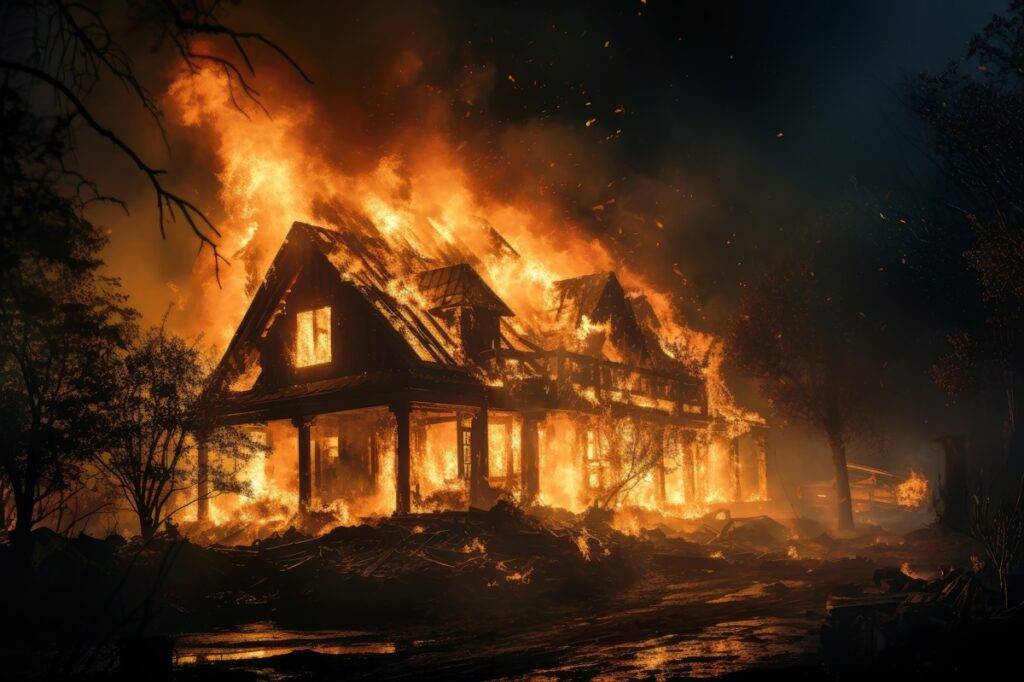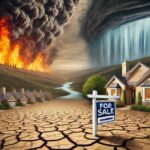Wildfires continue to be a formidable threat across the western United States, with more than 24,000 fires burning over 3 million acres as of mid-July 2024, according to the National Interagency Fire Center (NIFC). The CoreLogic 2024 Wildfire Risk Report underscores the urgent need for accurate risk assessment and effective mitigation strategies to protect vulnerable communities and properties from catastrophic events.
California leads in wildfire activity
California remains at the epicenter of wildfire activity in the U.S., with over 3,800 fires scorching more than 190,000 acres by July 14, 2024. The state has seen the highest wildfire activity in the nation this year, placing significant strain on firefighting resources and heightening the risk to life and property.
The report reveals that more than half a million homes in California face a very high wildfire risk, with a combined reconstruction cost value exceeding $300 billion. These alarming figures highlight the need for robust risk management practices to protect these high-value properties and the communities they anchor.
Wildfire risks beyond California
While California is at the forefront, other states across the western U.S. are also grappling with significant wildfire threats. According to CoreLogic’s wildfire risk maps, more than 2.6 million homes in the region are at moderate or greater risk of wildfires, with a staggering reconstruction cost value of $1.2 trillion. Among these, approximately 1.2 million homes are classified as having very high wildfire risk.
States like Texas and Oregon also face considerable wildfire hazards, with CoreLogic’s detailed risk maps offering a granular view of the threats across various levels of hazard. These maps serve as crucial tools for homeowners, insurers, and policymakers to understand and address the risks associated with wildfires.
Mitigation and resilience building
The CoreLogic report emphasizes the importance of wildfire mitigation strategies, showcasing how targeted efforts can significantly reduce risk. The town of Paradise, California, which was devastated by the Camp Fire in 2018, serves as a case study in the report. Paradise has implemented a series of mitigation measures that have strengthened its resilience against future wildfires, providing a model for other at-risk communities.
The report also provides an update on recovery efforts in Lahaina, Hawaii, illustrating the challenges and progress in rebuilding after a major wildfire event. These insights into mitigation and recovery underscore the critical role of preparation and resilience in safeguarding communities.
The broader impact of climate change
Looking to the future, the CoreLogic report explores the broader implications of climate change on wildfire risk. As temperatures rise and drought conditions become more prevalent, the frequency and intensity of wildfires are expected to increase, exacerbating the challenges faced by communities across the western U.S.
CoreLogic’s data and tools aim to help stakeholders navigate the complexities of wildfire risk, ensuring that communities and industries are better equipped to withstand and recover from these devastating events. As the threat of wildfires grows, the need for comprehensive risk management and mitigation strategies has never been more critical.
For a deeper understanding of the wildfire risks and how to effectively prepare for and respond to these events, the full CoreLogic 2024 Wildfire Risk Report provides valuable insights and actionable information.






